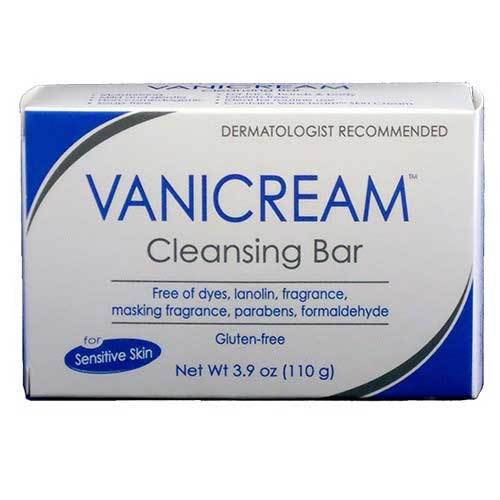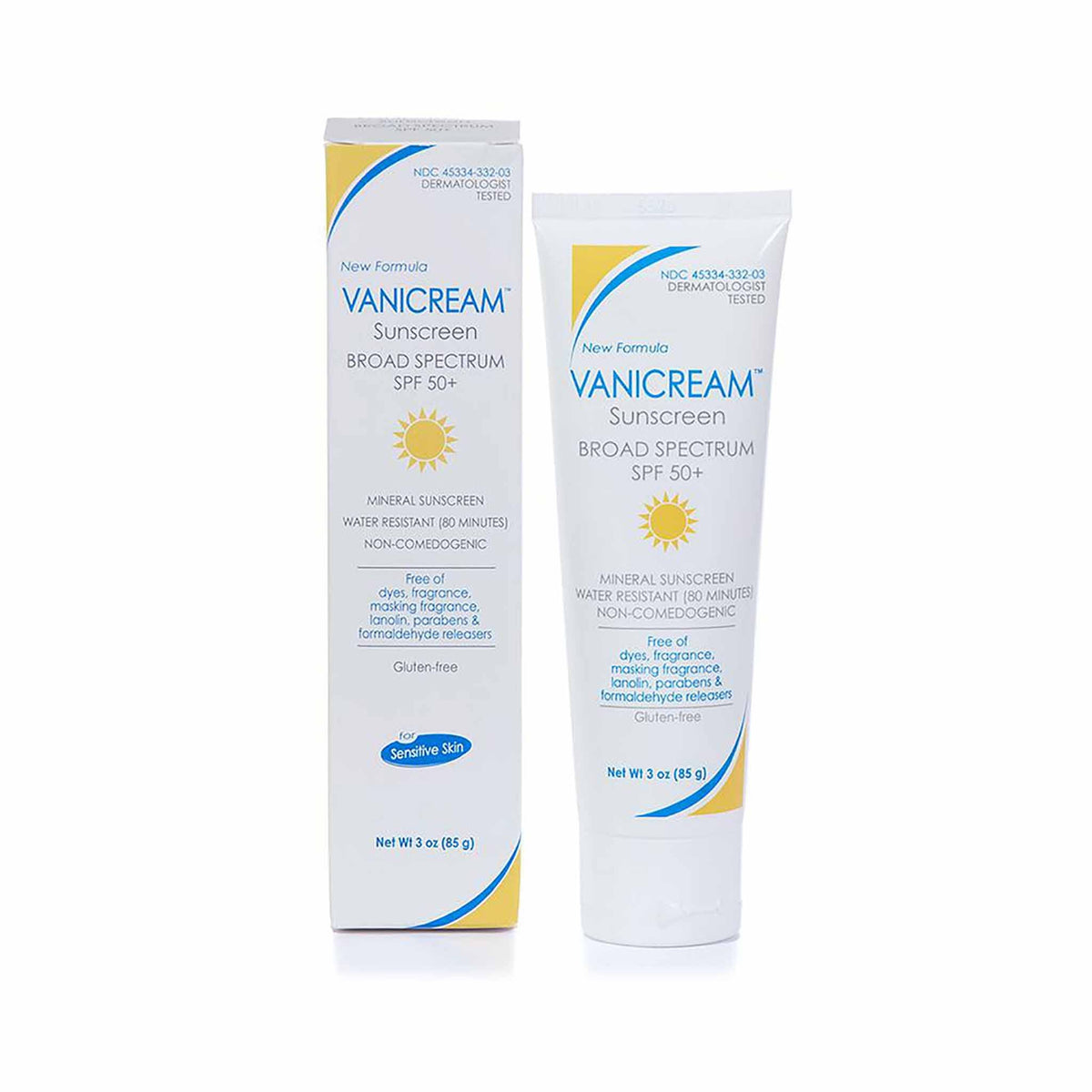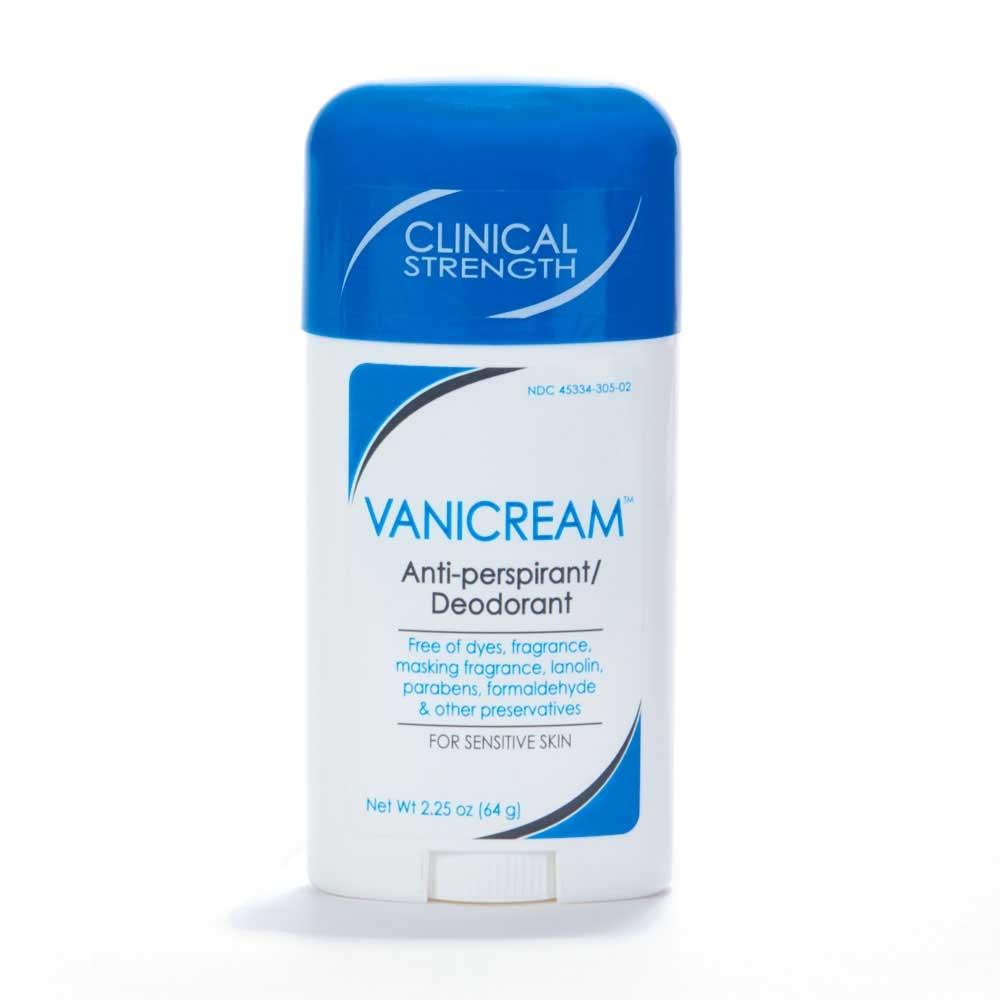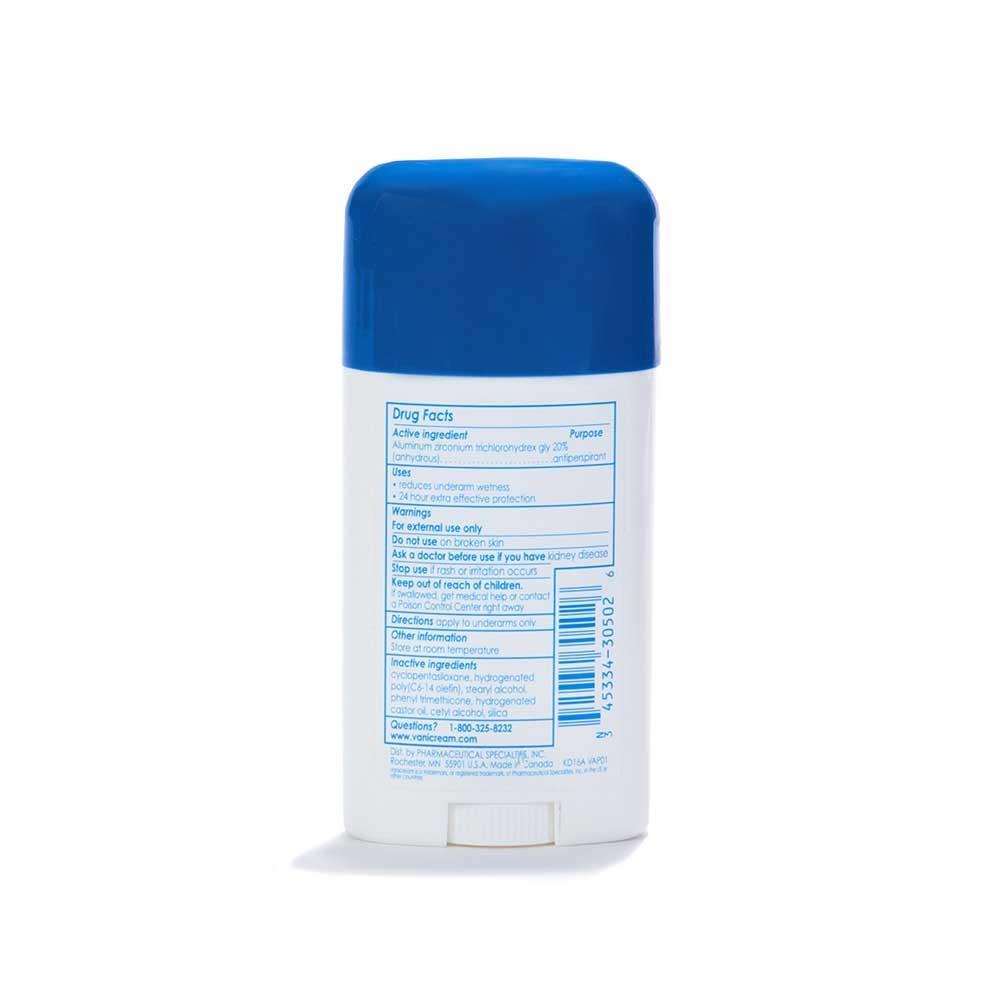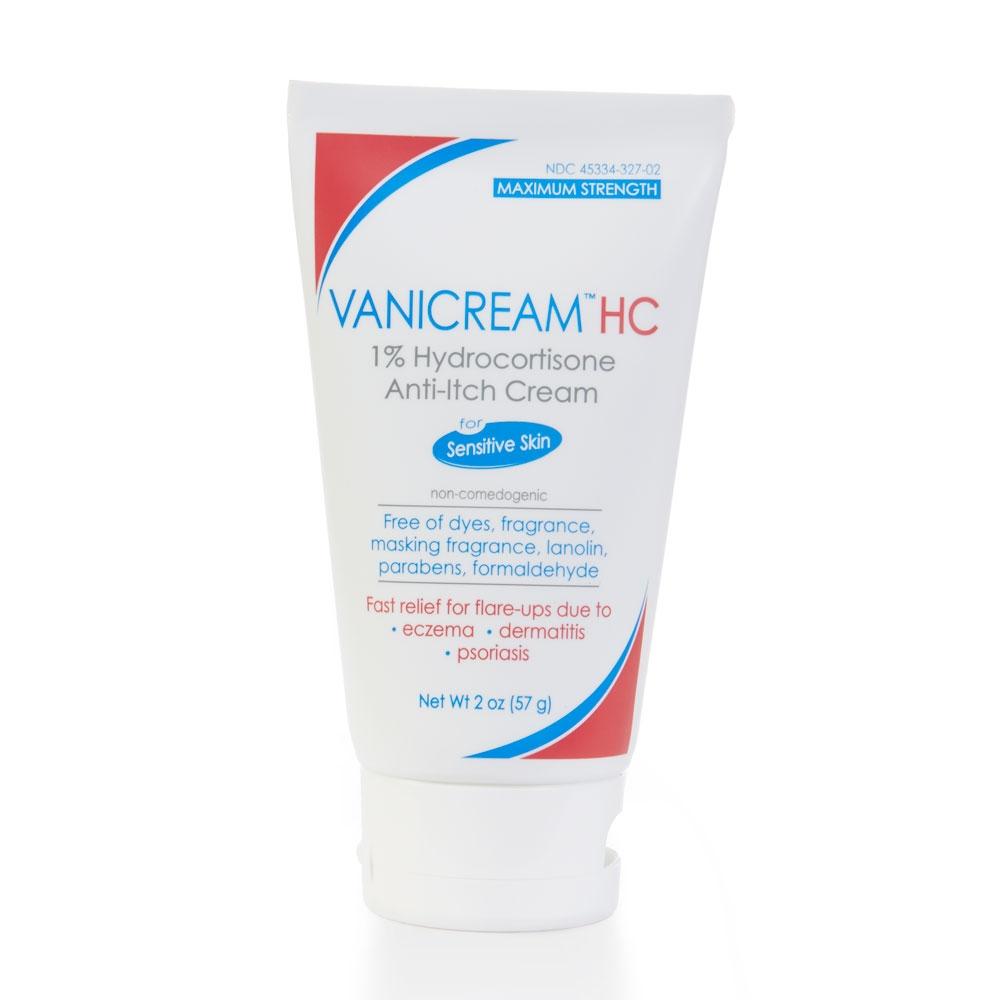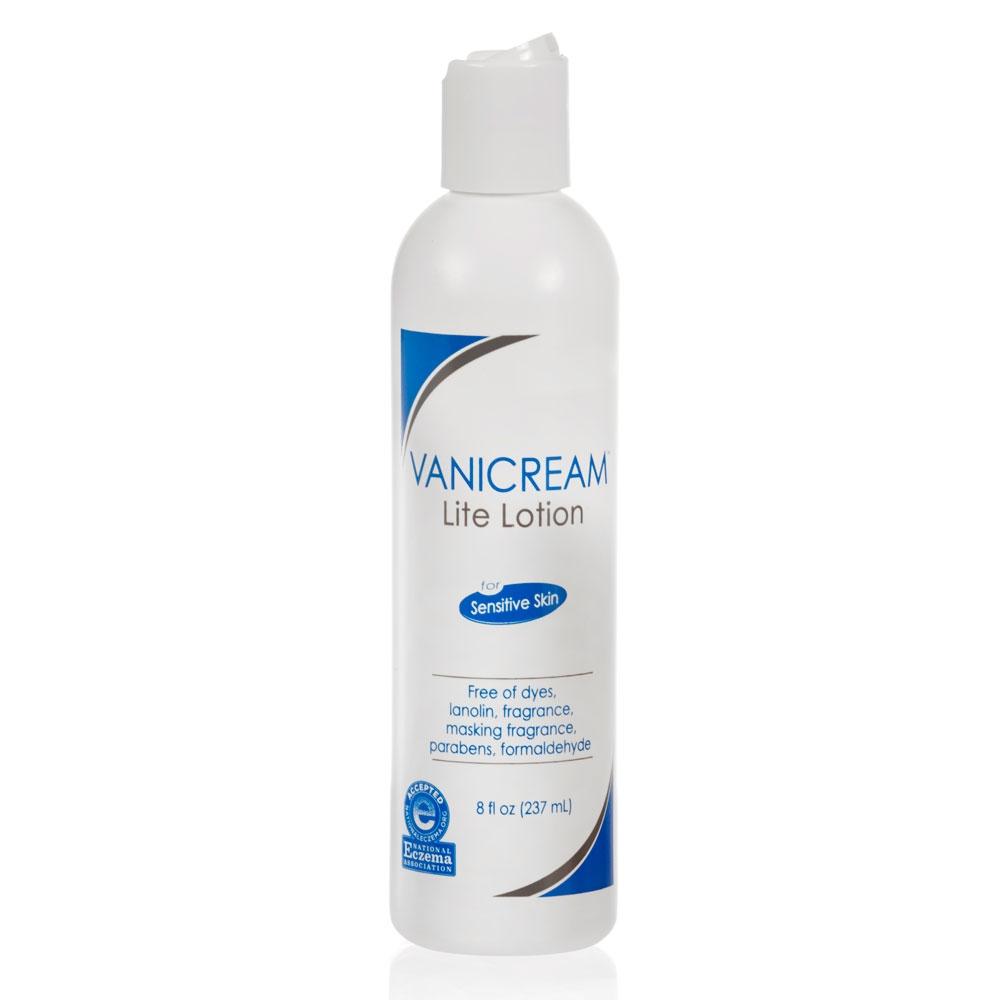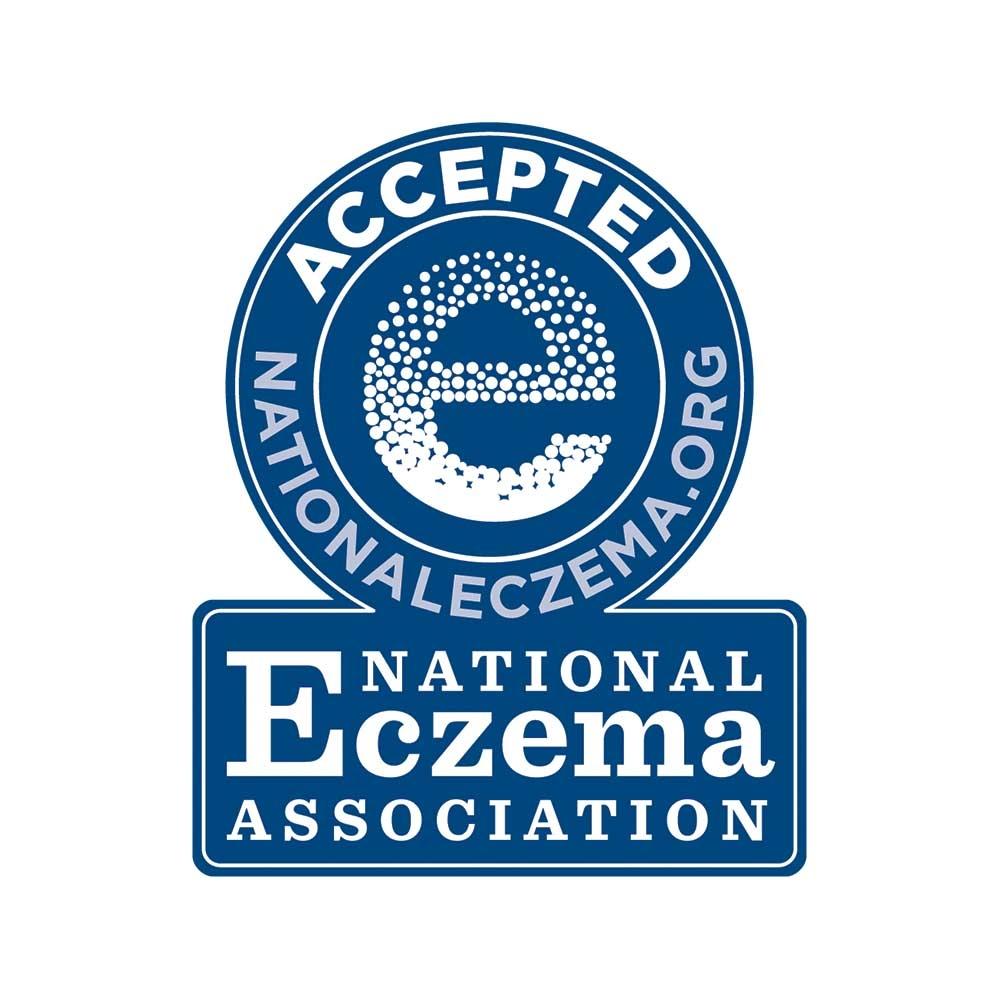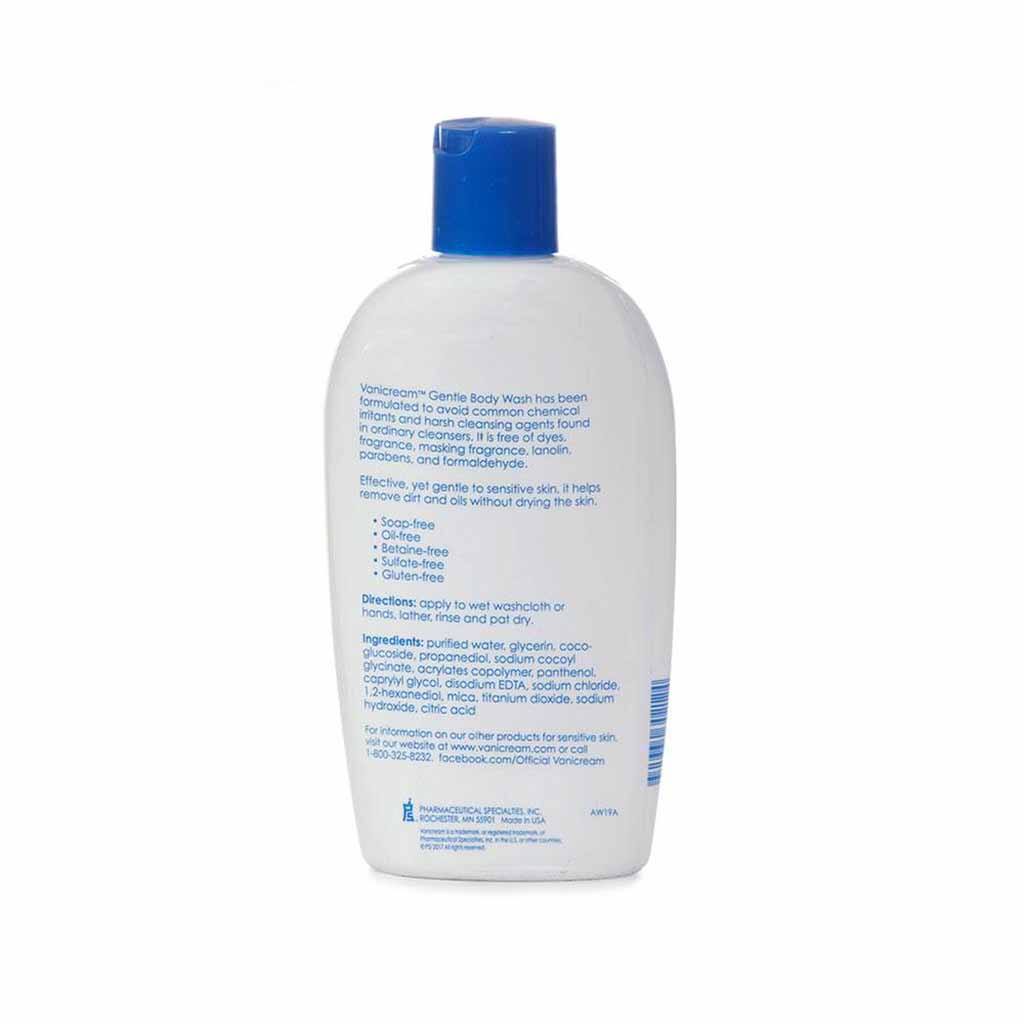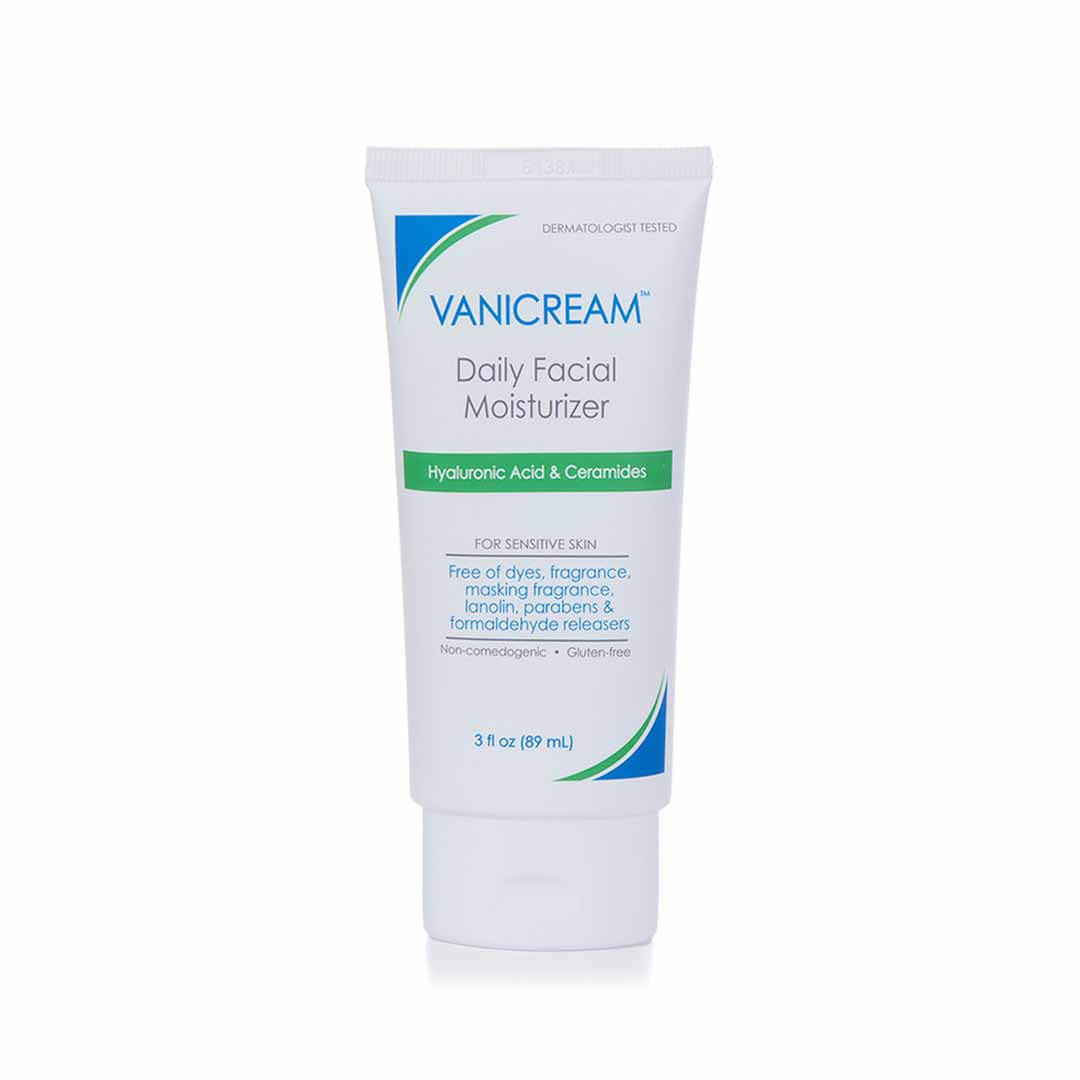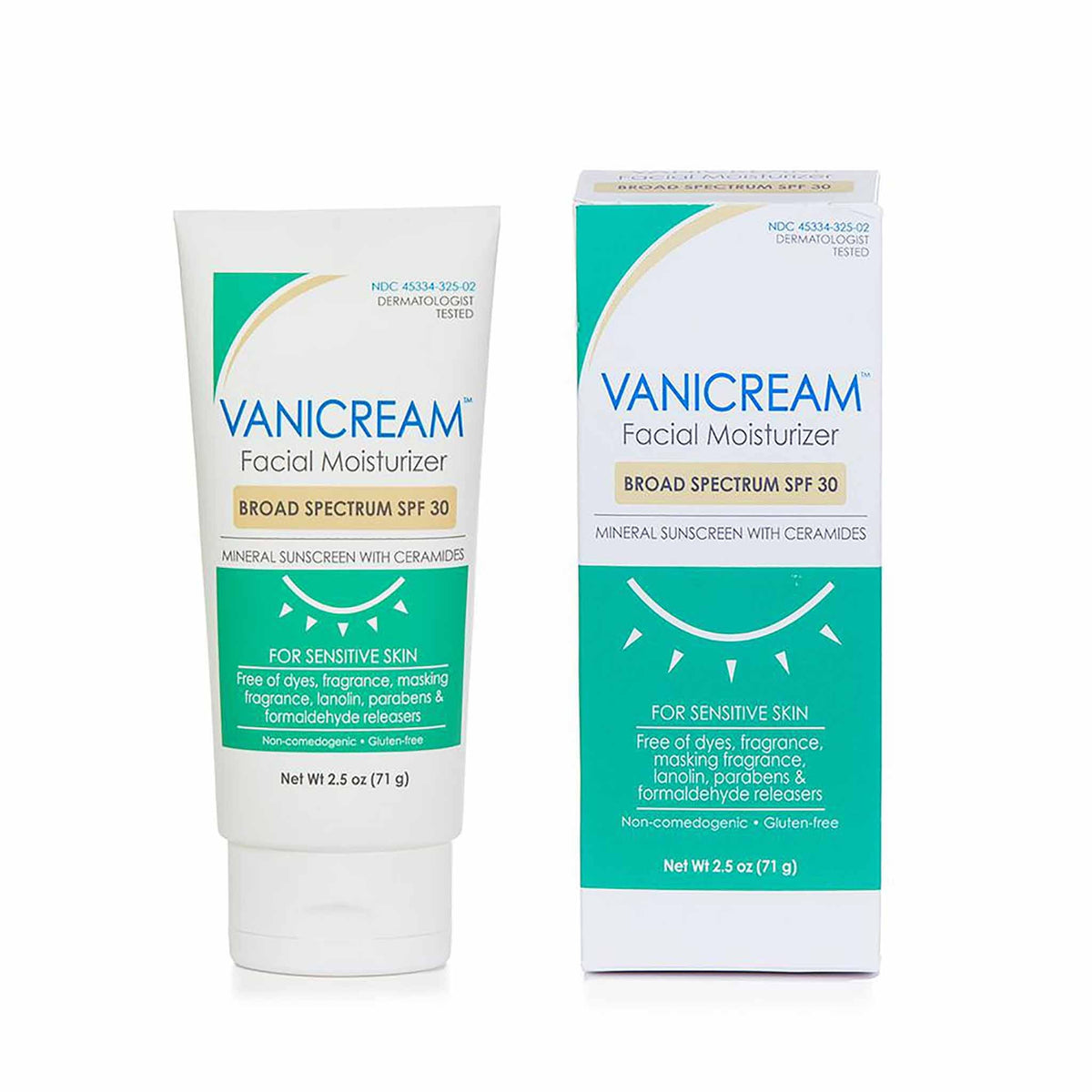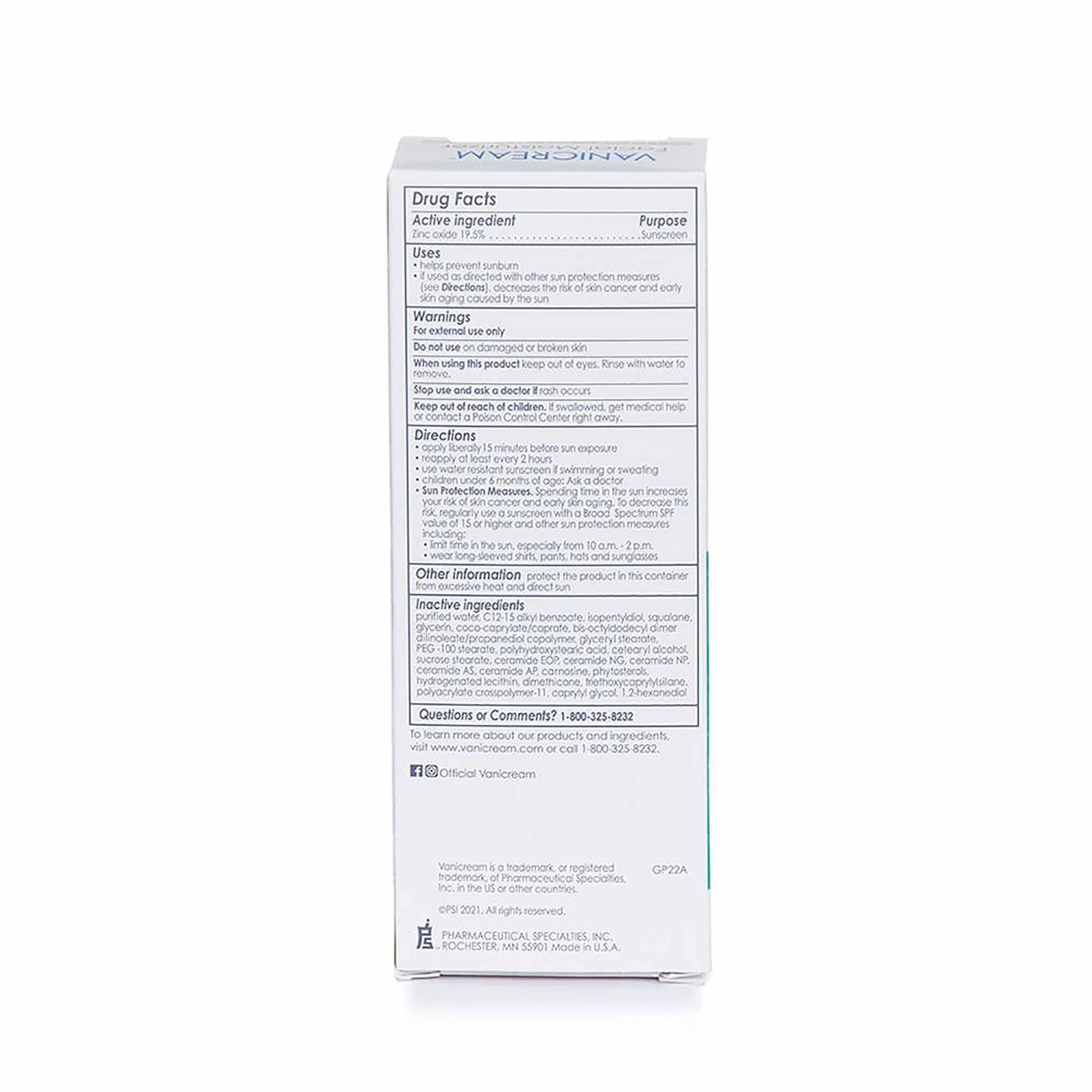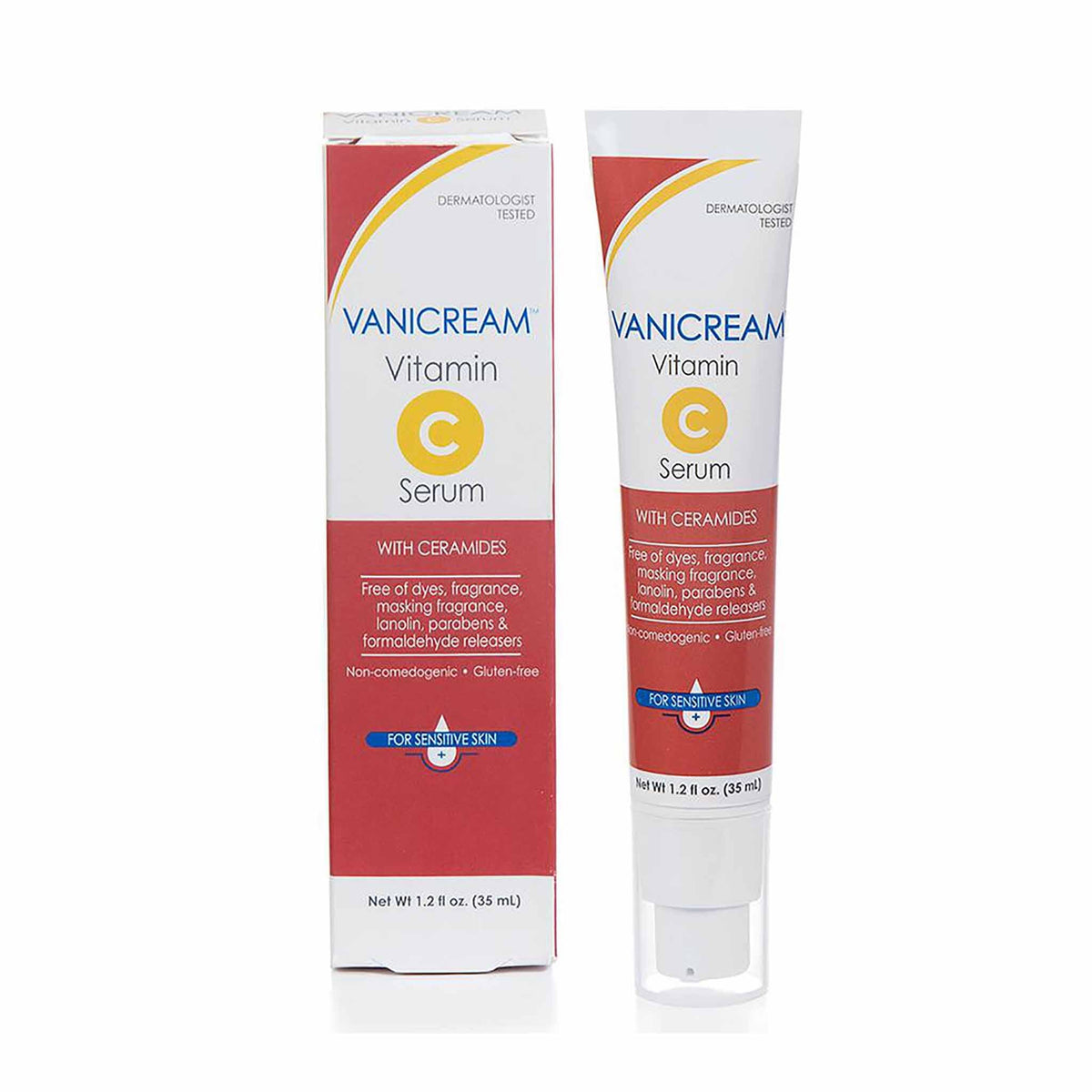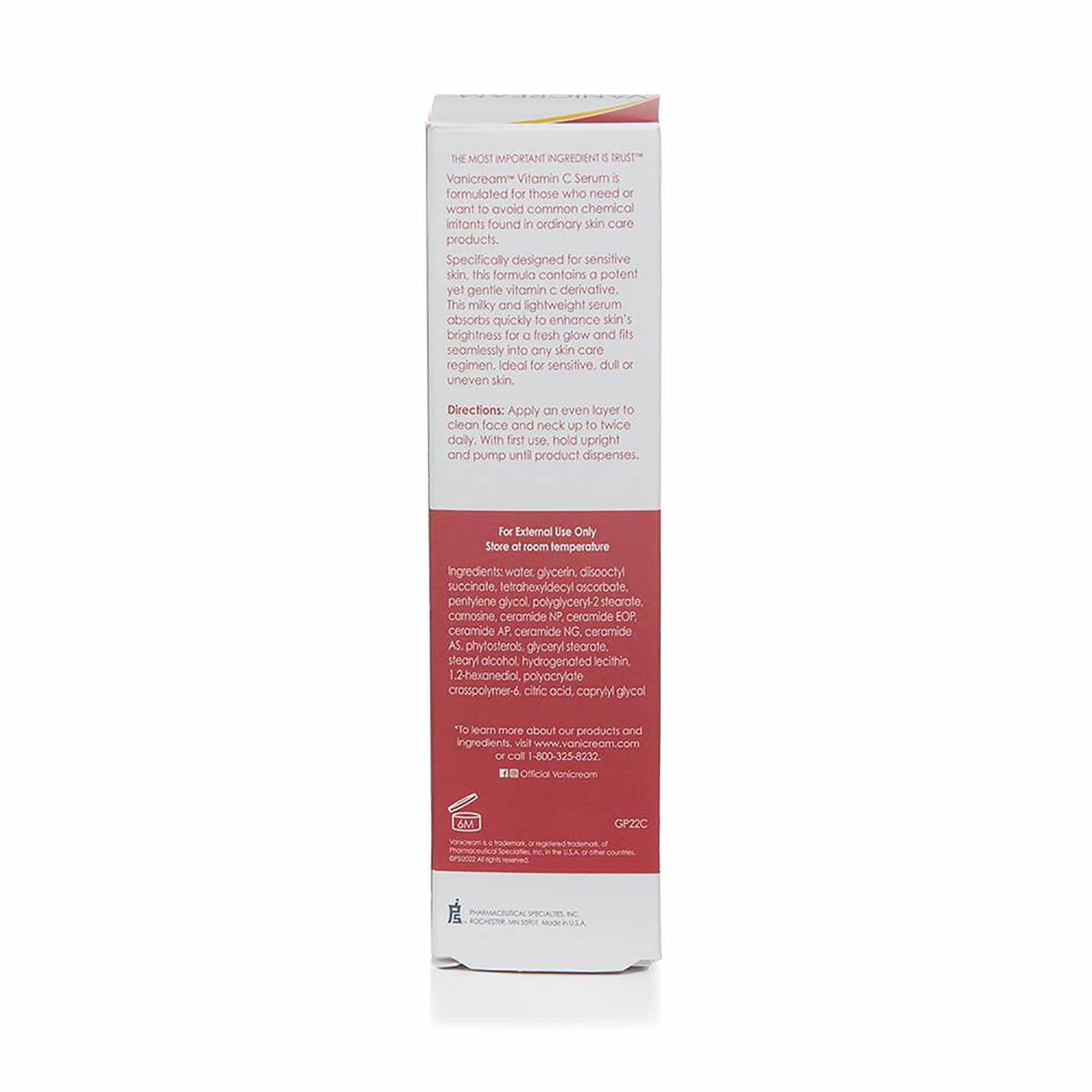Vanicream Skin Care Products
Why trust Vanicream Skin Care products
From the founders Conrad Thompson and Ed Mansfield (2010)
"In 1974 we were both pharmacists working in a local hospital. Neither of us had any thoughts of starting a manufacturing company. However, at that time we worked closely with dermatologists and understood the needs of their patients. Because of our extensive experience formulating products, it was suggested by several dermatologists that we start a company to make better products than were commercially available for people with sensitive skin."
And they did.
You can be assured that Vanicream goes to great lengths to select ingredients that are safe effective, are suitable for their customers, and then they continuously test and monitor them for quality.
Meeting & Exceeding the FDA’s Regulations
They develop, manufacture, and package specialty skincare products according to high-quality standards in a current Good Manufacturing Practices compliant facility. We are regularly inspected by the FDA and licensed by the Minnesota State Board of Pharmacy as a pharmaceutical manufacturer.
Seal of Acceptance Products
The National Eczema Association Seal of Acceptance is awarded to Vanicream Moisturizing Cream, Vanicream Moisturizing Lotion, Vanicream Gentle Body Wash, Vanicream Cleansing Bar, Vanicream Gentle Facial Cleanser, & Vanicream Moisturizing Ointment.
We develop and manufacture skin care products for people who need or want, to avoid many of the common chemical irritants found in ordinary skin care products. Ingredients that are recognized as common irritants are used in ordinary product formulations because they serve a purpose.
Read the product label if you need, or want, to avoid them. Because our products are free of these common irritants, they may be used by those with sensitive skin. You will find our products superior in terms of quality, effectiveness, and value. Ideal for use by the entire family.
Dyes
Dyes are used to tint skin products to disguise the undesirable color of an ingredient, are added to more closely match skin colors, or to tint the product for consumer appeal. Examples of possible irritating dyes are:
- D&C Yellow #11
- FD&C Blue #1
- FD&C Yellow #5 (also known as tartrazine)
Fragrance / Masking Fragrance
Fragrance adds to consumer appeal and may be used to cover up undesirable odors for some ingredients. Examples of fragrances are:
- 3-Cyclohexene Carboxaldehyde
- Alpha Amyl Cinnamic Alcohol
- Anthemis Nobilis (Chamomile)
- Amyl Cinnamal
- Anisyl Alcohol
- Balsam of Peru (Myroxylon Pereirae)
- Benzaldehyde
- Benzyl Alcohol
- Benzyl Benzoate
- Benzyl Cinnamate
- Benzyl Salicylate
- Butylphenyl Methylpropional
- Cassia Oil
- Chamomile (Anthemis Nobilis)
- Cinnamal
- Cinnamic Alcohol
- Cinnamic Aldehyde
- Cinnamon Leaf Oil
- Cinnamyl Alcohol
- Citral
- Citronellol
- Clove Oil
- Cologne
- Coumarin
- Ethylene Brassylate
- Eugenol
- Evernia Furfuracea
- Evernia Prunastri
- Farnesol
- Geraniol
- Herbal Extracts
- Hexyl Cinnamal
- Hydroxycitronellal
- Hydroxylisohexyl 3-Cyclohexene Carboxaldehyde
- Isoeugenol
- Isomethyl Ionone
- Limonene
- Linalool
- Lyral
- Masking Fragrance
- Methyl 2-Octynoate
- Oakmoss absolute
- Perfume
- Phenoxyethanol
- Plant, flower, fruit, nut oils
- Yarrow (Achillea Millefolium)
Irritating Preservatives
Irritating preservatives are used to prevent microbial growth, unfortunately by their own nature, cause irritation to the skin of many people. Preservatives are the second most common cause of cosmetic allergic contact dermatitis. Examples of irritating preservatives are:
- Methylchloroisothiazolinone (MCI)
- Methylisothiazolinone (MIT/MI)
Formaldehyde Releasers
Formaldehyde releasers preserve a product against bacterial, mold and fungus contamination. Unfortunately, formaldehyde also causes irritation and allergic problems for some people. Examples of formaldehyde releasers:
- Bronopol
- Diazolidinyl Urea
- DMDM Hydantoin
- Imidazolidinyl Urea
- MDM Hydantoin
- Quaternium 15
Parabens
Parabens are preservatives that guard against mold, fungus, or bacteria growth. Examples of parabens are:
- Benzylparaben
- Butylparaben
- Ethylparaben
- Methylparaben
- Propylparaben
Lanolin & Derivatives
Lanolin and derivatives contribute properties to skin products that help moisturize. Lanolin is not a pure product but a complex combination of many substances that are difficult to separate and may carry over to derivatives. Some of these substances can cause skin irritation to sensitive skin and may produce skin sensitization. Examples of lanolins are:
- Lanolin (hydrous and anhydrous)
- Hydrogenated Lanolin
- Lanolin Alcohol
- Wool Fat
- Wool Wax
- Alcohols (Wool Alcohol)
Surfactants
Surfactants serve several functions but are best known for their cleaning or detergent use; in addition they are used for improved foaming action in many personal care products. Unfortunately, some surfactants are known skin sensitizers and/or skin irritants. Examples of these surfactants include:
Betaine Surfactant:
- Cocamidopropyl Betaine (CAPB)
Sulfate Surfactants:
- Sodium lauryl sulfate (SLS)
- Sodium laureth sulfate (SLES)
- Ammonium lauryl sulfate (ALS)


